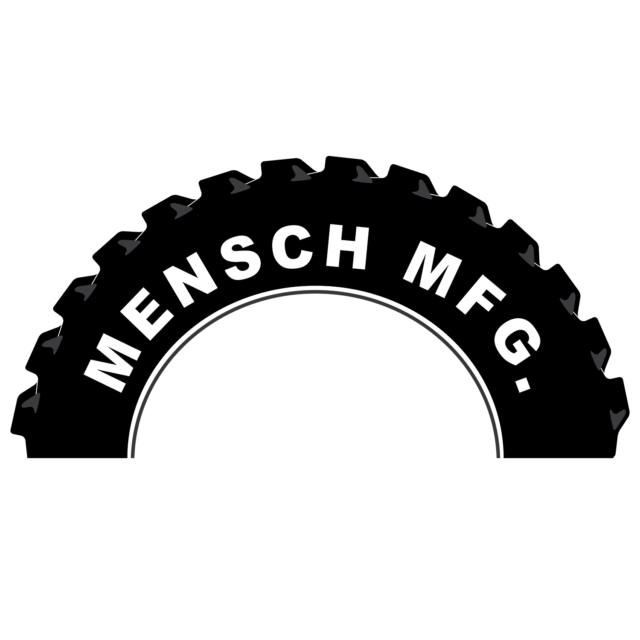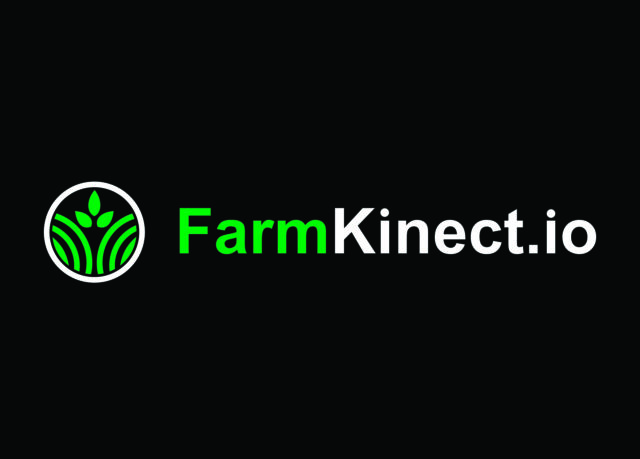U.S. Food & Drug Administration’s (FDA) annual analysis shows dairy consumers are safer than ever when it comes to animal drug residues in milk.
During fiscal year 2015 (Oct. 1, 2014-Sept, 30, 2015), 3.615 million milk samples were tested for animal drug residues. Of those, just 579 (16-thousandths of one percent) tested positive, according to FDA’s National Milk Drug Residue Database Fiscal Year 2015 report. And, no animal drug residue were detected in dairy products headed for sale to consumers.
The Grade “A” Pasteurized Milk Ordinance (PMO), which govern the state regulatory agencies in the implementation and enforcement of their Grade “A” milk safety program, require that all bulk milk tankers be sampled and analyzed for animal drug residues before the milk is processed. Any bulk milk tanker found positive is rejected for human consumption.
Drug residue tests were conducted at four “locations”:
- Bulk milk pickup tankers (bulk raw milk from a dairy farm). Samples are taken on receipt of every tanker load at a milk receiving facility. Of 3.073 million samples, 371 (0.012 percent, or 12 thousandths of 1 percent) tested positive.
- Producer (raw milk obtained from the bulk tank/silo from a dairy farm). Of 459,562 total samples, 199 (0.043 percent) tested positive.
- Other (milk from milk plant tank/silos, milk transport tankers, etc. Of 50,669 total samples, nine (0.018 percent tested positive.
- In addition, samples of pasteurized fluid milk and milk products (finished dairy products in bulk or package form, after pasteurization, including milk, cream, condensed and dry milk and milk products, and condensed and dry whey and whey products were tested. Of 32,527 total samples, none tested positive for animal drug residues.
It marked the fourth consecutive year milk samples testing positive for drug residues fell below 1,000. There were 703 positive samples in FY’14; 731 in FY’13; and 828 in FY’12.
Overall, 16.839 million lbs. of milk were found positive for a drug reside and disposed of in FY ’15, down from 18.093 million lbs. in FY’14.
Testing for specific drugs
In addition to testing for presence of any drug residues, specific tests seek to identify residues from different groups or individual drugs, using 21 different testing methods.
Of those testing positive, 575 samples were positive for Beta lactams; 10 were positive for sulfonamides; one was positive for tetracyclines; and none were positive for enrofloxacin.
Mandatory drug residue reporting is required by state regulatory agencies under the National Conference on Interstate Milk Shipments (NCIMS). NCIMS is a voluntary organization directed and controlled by member states to promote the availability of a high quality milk supply.
The FDA and the NCIMS, through their collaborative efforts, have developed a cooperative, federal-state program (the Grade “A” Interstate Milk Shippers Program) to ensure the sanitary quality of Grade “A” milk and milk products shipped in interstate commerce.
The National Milk Drug Residue Data Base (NMDRD) is a voluntary industry reporting program, under contract to FDA. Data reported to the NMDRD are for educational and analytical purposes, and are not intended or suitable for regulatory action or follow up.
The system includes all milk, Grade “A” and non-Grade “A”, commonly known as manufacturing grade. Grade “A” milk represents approximately 99% of the milk supply in the U.S. and is regulated through the NCIMS by the state regulatory agencies.
The samples and tests reported do not necessarily represent 100% of the milk supply from every state. However, 49 states (all except Texas) and Puerto Rico submitted data for the report.

-
Dave Natzke
- Progressive Dairyman Editor
- Progressive Dairyman
- Email Dave Natzke





